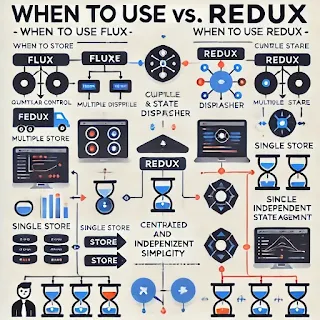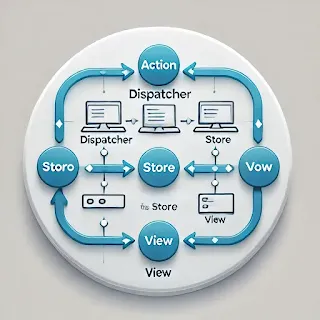If you need to undo the last merge in Git, you can take a
couple of approaches depending on your situation. Below are the common
methods:
1. Undo the Last Merge Commit
If you want to undo the last merge commit and return to the
state before the merge:
git reset --hard HEAD~1
- This
command will reset your current branch to the commit before the last one, removing the merge commit. Be careful: This will
discard any changes made in the merge.
2. Undo a Merge But Keep Changes
If you want to undo the merge but keep the changes in your
working directory, use:
git reset --soft HEAD~1
- This
command moves the HEAD pointer back one commit but keeps all changes in
the staging area. You can then review or modify them before committing
again.
3. Revert a Merge Commit
If the merge has already been pushed to a remote repository
and you want to keep the history but effectively "undo" the merge,
you can use:
git revert -m 1 <merge_commit_hash>
- Replace
<merge_commit_hash> with the hash of the merge commit you want to
revert. The -m 1 option indicates that you want to keep the first parent
of the merge.
Example Workflow
- Find
the Merge Commit Hash: You can see the history with:
git log --oneline
Look for the commit that represents the merge.
- Revert
the Merge Commit: Use the revert command:
git revert -m 1 <merge_commit_hash>
Important Notes
- Always
make sure to check your current branch and commit history before
performing destructive actions like reset --hard.
- If
you're working in a shared repository, communicate with your team when
undoing merges to avoid confusion.
- If
you've already pushed the merge commit to a remote repository, consider
using git revert instead of reset to maintain a clear history.





